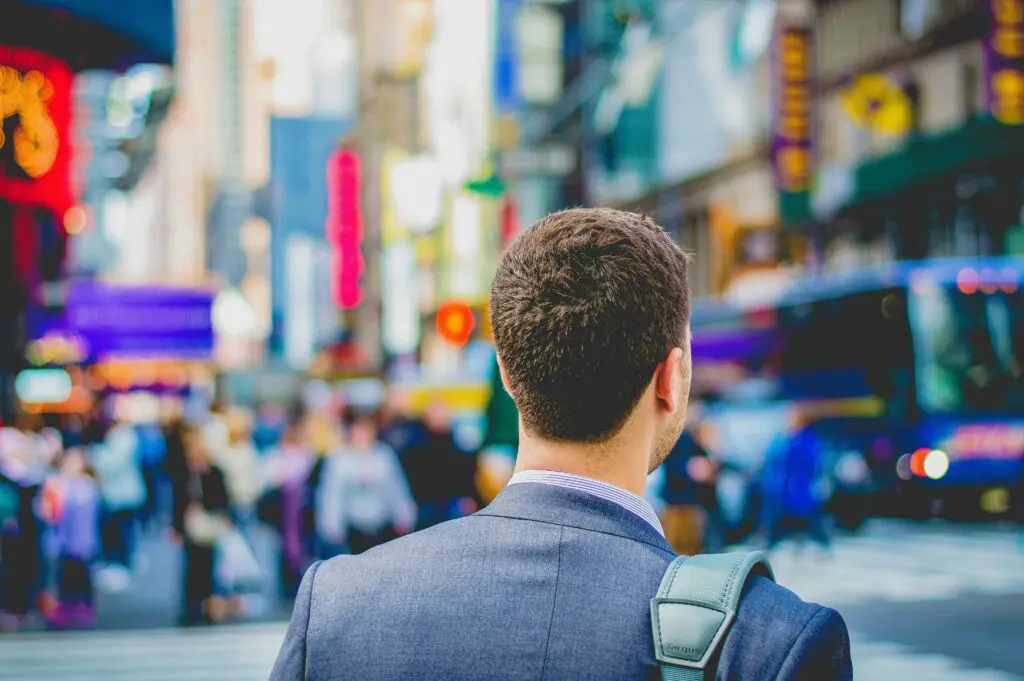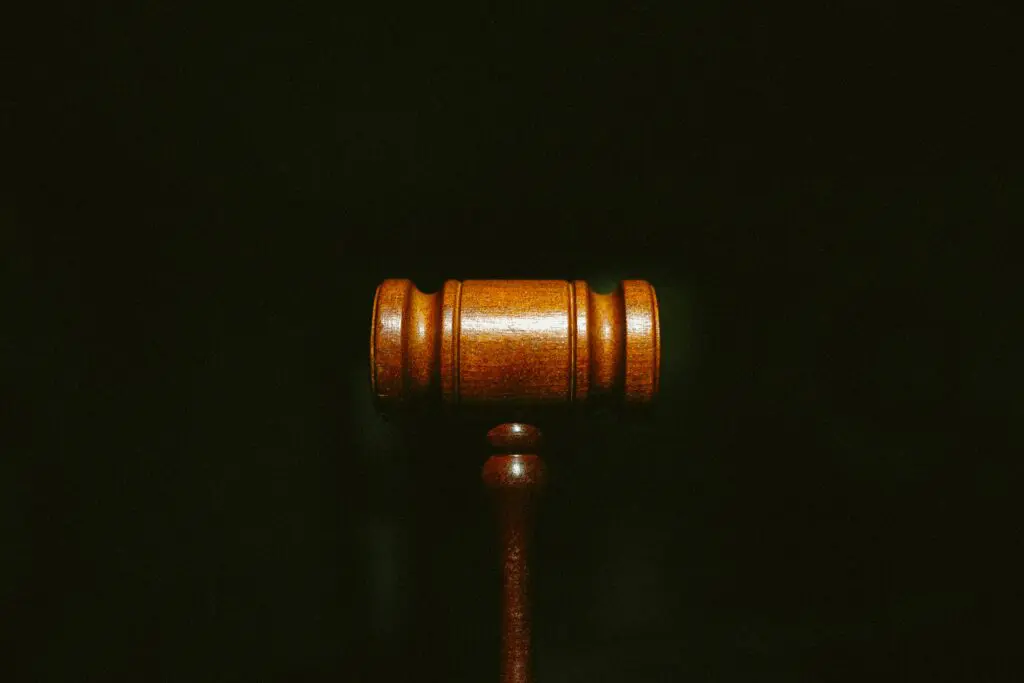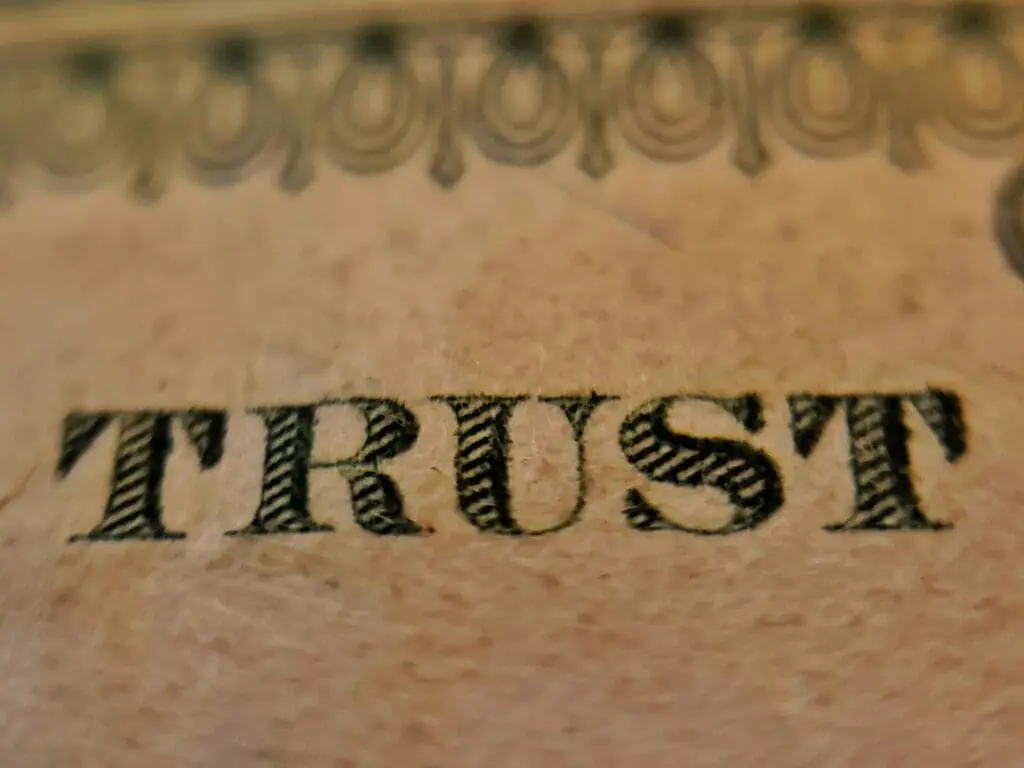Ibiza is widely known as a hedonistic destination for vacations; even to live there if you’re savings allow you to so. The island is synonimous with a desirable lifestyle based on calmness, healthy food, beautiful sunsets… And, of course, the music. Ibiza is a musical island. The musical island. And not only now, after the opening of famous hotels, beach clubs and luxury resorts related to club culture such as Ushuaïa, Blue Marlin Ibiza or Ocean Beach Club.

The musical island
References as the albums “Tago Mago” or “Voyager”, respectively from krautrock band Can and british guitar-magician Mike Oldfield, were inspired here. Folk hero Bob Dylan hid in the island in the sixties, while progressive rock icon Kevin Ayers (from the band Soft Machine) became a resident. Not to mention bands from King Crimson to New Order. Here died german model, Velvet Underground’ singer and Andy Warhol muse Nico, whilst David Bowie enunciated the verse “from Ibiza to the Norfolk Broads” to refer to the island as a place of struggle against the system in his masterpiece “Life on Mars?”. The list allows rare musical alliances, like Freddie Mercury and Montserrat Caballé: their anthem “Barcelona” was conceived here prior to the spanish Olympics in 1992. We could go on and on. But let’s follow some kind of order.
The mid fifties
It all started in the mid fifties, in 1958. First musical traces takes us to a joint called Domino, where a bunch of pioneers including wild beatniks, local artists, writers, painters and ibizan payeses —the local people who lived in the field and lend their precarious houses to the new visitors— met to have a drink and listen that raw jazz of the times: John Coltrane to Charlie Mingus, Cannonball Adderley to Miles Davis. Some of the americans that ended here were ex-Korean War veterans; soon they got joined by others that just didn’t want to go to Vietnam. Those pacifists were indeed inspired by —or with— an decisive substance in 1963: it came from the swiss Sandoz laboratories under the name of LSD. This drug, accidentally discovered by doctor Albert Hoffman, changed it all in the culture and society of the time, and brought artists from abroad to experiment in the island. That included the archifamous Pink Floyd who, at this ‘Flower Power’ times, recorded the soundtrack of the Ibiza inspired blockbuster “More”, filmed by Barbet Schroeder.
The ignorance —or tolerance?— of Francisco Franco’s dictatorial regime about was happening in free Ibiza allowed the opening of the first music clubs in the island these days: Moulin Rouge, Clube Ye Yé, Nitto’s Club, Lola’s, Amnesia… The role of the DJ was yet non-existent: the records were just played in one single turntable and parties lasted till dawn. Some entrepreneurs from the spanish peninsula noticed there was something going on and didn’t wanted to the miss both the party and the business oportunity. The old acid days faded away as we entered the seventies; Franco would pass away soon and the middle and upper class of Europe and the world was ready to live a celebration of life in the island. As we dive in the eighties the discoteques —roof-less, that means, open to the stars— inaugurated the privée, go-gos and champagne days. Brands like Pachá, KU or Space were now born. At the same time of New York (in)famous Studio 54, the balearic decade hosted an endless party.
The nineties
The nineties had a great importance for Ibiza… and for its british visitors. The new wave relates to Margaret Thatcher’s years, significantly reppresive with the live music culture and rave irising panorama. After seeing their businesses in trouble in their country, a bunch of english promoters flew to Ibiza and gave it a try there. The audience did the rest. Again, Ibiza welcomed everybody; in the end, the place had hosted romans, phoenicians, carthaginians and arabs during centuries of history, right?
Every party brings its hangover, but a local DJ had the perfect formula: chill-out. José Padilla was the man who, in 1989, came up the marvelous Café del Mar, in San Antonio, and reinvented Ibiza with the perfect blend of classical and progressive music that brought the phenomenon of an audience applauding the sunset: the Ibizan dream.
Since then the island had developed in a great business oportunity based on massive parties —the clubs turned roofed obliged to noise policies— and, accordingly, a new lineage of superstar DJs ready to make it happen. Another law, in 2012, allowed hotels to carry out musical entertainment activities in their outdoor areas: that changed it all again and brought a new face to the twenty first century Ibiza. Only Covid19 stopped it. And now, whats next? Fascination keeps on: the story of Ibiza as a musical landscape is always yet to be completed.
By Bruno Galindo
Bruno Galindo is a writer and journalist.
His latest books are Remake (Aristas Martínez, 2020), The audience (Lengua de Trapo, 2012), Omega. Oral history of the album that put together Enrique Morente, Lagartija Nick, Leonard Cohen and Federico García Lorca (Lengua de Trapo, 2011) and Korean diaries (Debate/Penguin Random House, 2007).He currently contributes in the culture sections of El País and CTXT. He is a founding member of the online art magazine/platform ElEstadoMental.com.
Since mid-2000 he is a spoken word artist, a field in which he has recorded six albums and performed in galleries and festivals in Europe, the United States and Latin America.
Also in the field of orality, he works as an audiobook director, and teaches creative writing workshops at Escuela de Escritores.






